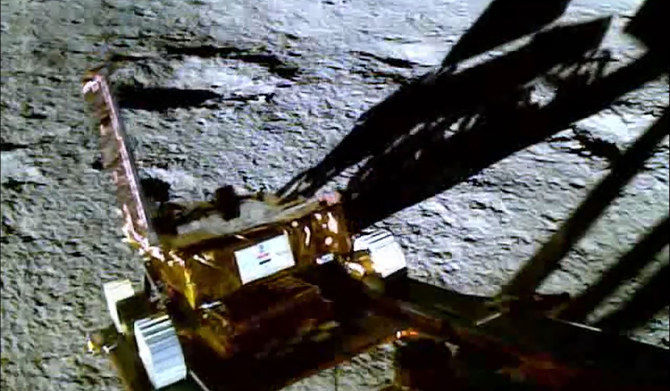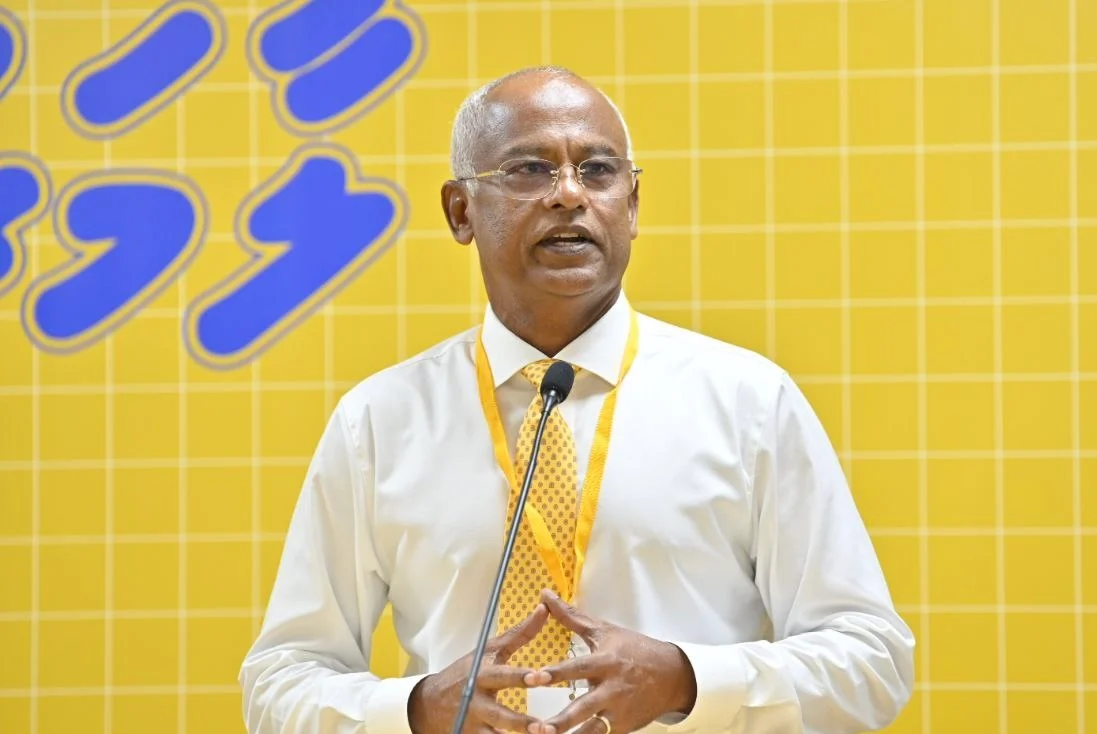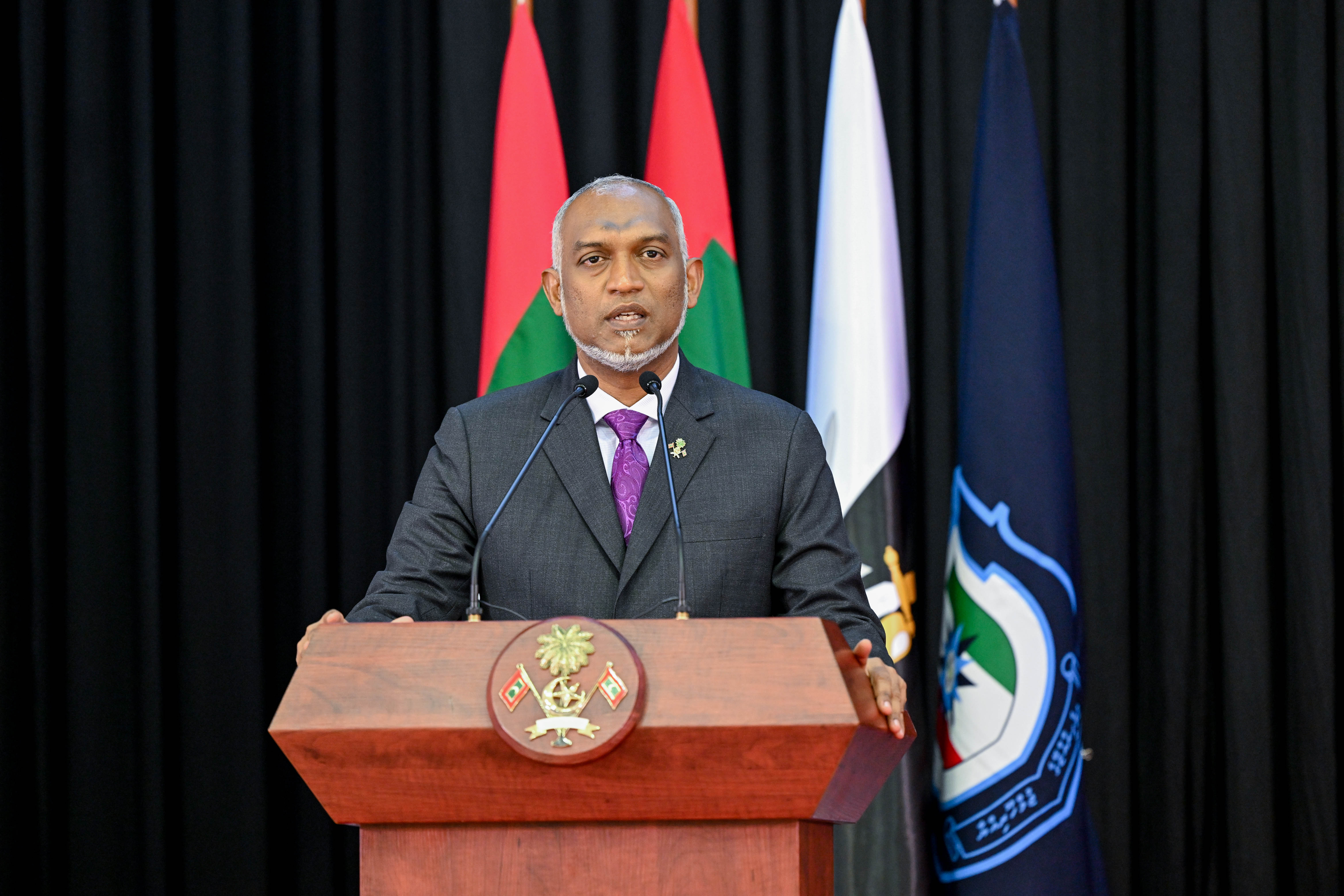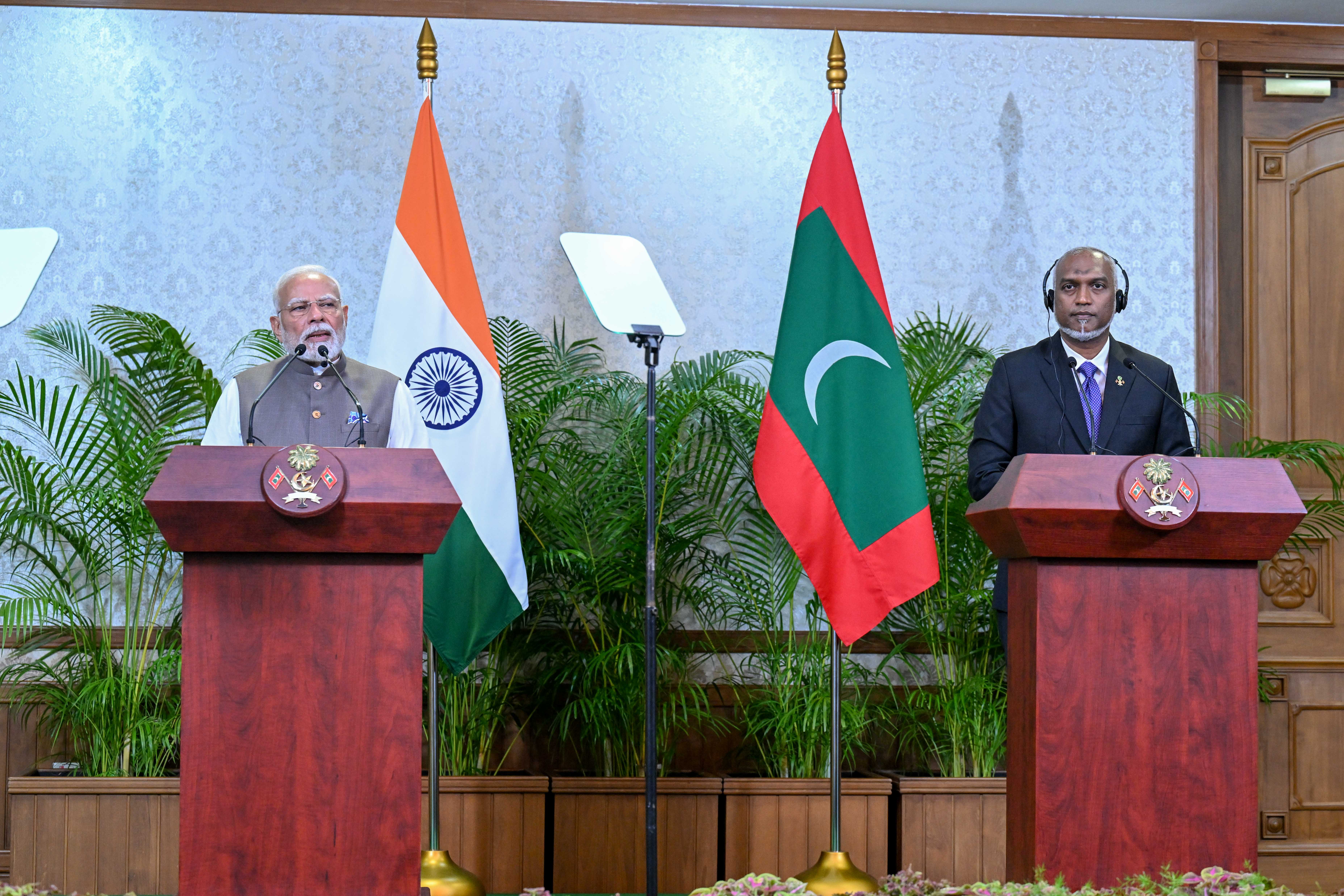Nearly a week after its historic moon landing, India's moon rover verified the existence of sulfur and discovered many other elements while searching for indications of frozen water near the lunar south pole, according to India's space agency.
According to a report on the Indian Space Research Organization's website, the rover's laser-induced spectroscope sensor also found silicon, iron, calcium, chromium, titanium, manganese, aluminum, iron, and other elements on the lunar surface.
After touching down last Wednesday near the south pole of the moon, India's spacecraft's lunar rover descended a ramp from the lander. According to the ISRO, the Chandrayan-3 Rover will undertake tests for 14 days.
The rover “unambiguously confirms the presence of sulfur,” ISRO said. It also is searching for signs of frozen water that could help future astronaut missions, as a potential source of drinking water or to make rocket fuel.
The rover also will study the moon’s atmosphere and seismic activity, ISRO Chairman S. Somnath said.
According to a report on the Indian Space Research Organization's website, the rover's laser-induced spectroscope sensor also found silicon, iron, calcium, chromium, titanium, manganese, aluminum, iron, and other elements on the lunar surface.
After touching down last Wednesday near the south pole of the moon, India's spacecraft's lunar rover descended a ramp from the lander. According to the ISRO, the Chandrayan-3 Rover will undertake tests for 14 days.
The rover “unambiguously confirms the presence of sulfur,” ISRO said. It also is searching for signs of frozen water that could help future astronaut missions, as a potential source of drinking water or to make rocket fuel.
The rover also will study the moon’s atmosphere and seismic activity, ISRO Chairman S. Somnath said.


















